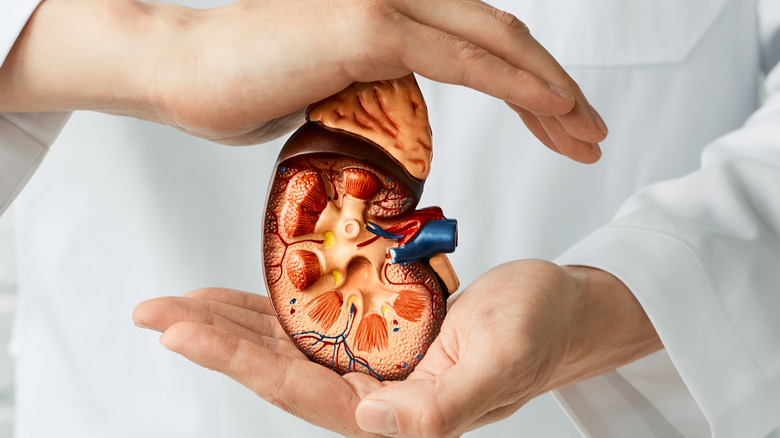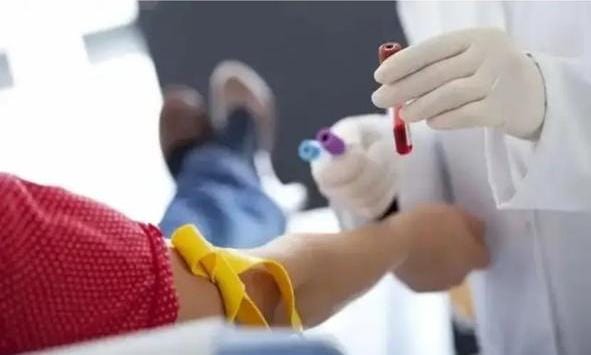For patients with terminal kidney disease, life-altering decisions remain to be made concerning their long-term treatment. The two options usually arise in conversation and consultation: to perform a kidney transplant or to wait for the advent of the artificial kidney. While medical science stands advancing very fast, the patient requires making a careful choice considering the facts of today, depending upon eligibility and availability of treatment.

As the medical technology advances, the patients with end-stage renal disease (ESRD) are more and more querying:do I wait for an artificial kidney or go for a kidney transplant now?
While there is exciting prospect regarding an artificial kidney, when it all boils down, impasse comes on deciding-waiting or acting today, through a full appreciation of what is real today and what could be in the future.
However, by the year 2025:
Important Benefits:
Draining or ESRD is a diagnosis-a label you are conferred-upon speak your choosing nephrologist or their transplant team. They will explore your potential candidacy for transplant and guide you through the process of donor matching and registration.
Never defer your treatment for a mere hope of state-of-the-art technology. Life-saving procedures are within arm’s reach at present, and you get extra years to live without dialysis weighing on your shoulders.
Artificial kidneys can be excellent promise for the future; however, currently, they serve little or no substitute for transplantation. If you are a candidate for the transplant, doing so right now is the safest and most effective way to proceed. Soon, maybe, renal care will be a considerable aspect due to technological innovation, only that the patient needs something tried and tested, and for now, that is transplantation.

As the medical technology advances, the patients with end-stage renal disease (ESRD) are more and more querying:do I wait for an artificial kidney or go for a kidney transplant now?
While there is exciting prospect regarding an artificial kidney, when it all boils down, impasse comes on deciding-waiting or acting today, through a full appreciation of what is real today and what could be in the future.
The Reality of Kidney Disease
Millions of people are afflicted with chronic kidney disease throughout the world. In ESRD, two options exist today:- 1.) Dialysis: the long, arduous process of treatment.
- 2.) Kidney transplantation: a surgery that offers a renewed chance at life.
Status of Artificial Kidneys:
The artificial kidney underwent a lot of development. So the farther along are The Kidney Project (one that involves UCSF and Vanderbilt) and others in developing implantable devices that could really act as sort of an implanted kidney without the need for immunosuppressants.However:
- 1.) As of 2025, no artificial kidney is FDA-approved as yet or commercially available.
- 2.) The experts say 5 to 10 years are required before it could be widely used.
- 3.) Safety, durability, and cost are still being looked at on a long-term basis.
The State of Artificial Kidney Technology
Artificial kidneys—more precisely, implantable bioartificial devices—are being considered as long-term alternatives to dialysis and transplant. Promising progress is being made on these devices by The Kidney Project, a joint venture between UCSF and Vanderbilt University. These devices have been designed to carry out filtration and metabolic activities just like the native kidney.However, by the year 2025:
- 1.) Artificial kidneys are still in clinical or preclinical trial phases.
- 2.) No implantable artificial kidney has received full regulatory approval for public use.
- 3.) Commercial availability may take 5 to 10 years, depending on trial results, funding, and regulatory clearance.
Kidney Transplant: Presently Considered the Gold Standard
A kidney transplant remains the best and preferred alternative for a qualified patient with ESRD. In comparison with long-term dialysis, the kidney transplant significantly improves the quality of life as well as survival.Important Benefits:
- 1.) Better life expectancy than dialysis.
- 2.) Improved quality of life, with fewer dietary and fluid restrictions.
- 3.) Cost-effective over time, especially beyond the second or third year post-transplant.
- 4.) Most patients can be independent or return to work or normal daily living activities.
- Need for a suitable donor (living or deceased).
- Requires major surgery and lifelong immunosuppressive therapy.
- Risk of rejection of the organ and infection, and with side effects from the medications.
Dialysis: A Bridging Choice, Not a Permanent Solution
It remains a crucial sustaining treatment for those awaiting transplant or ineligible at the time. But its cons include the following:- 1.) Time-consumption (generally 3 sessions/week, 3–5 hours/session).
- 2.) Predisposing one to cardiovascular complications.
- 3.) Less-than-satisfactory quality of life compared to transplant patients.
- 4.) More costs over a long time.
Conclusion:
With a hearty promise for the future, one finds the artificial kidney not being a bit of viable or accessible treatment at present. For eligible patients, kidney transplant is the best way to help restore the quality of life along with longevity.Draining or ESRD is a diagnosis-a label you are conferred-upon speak your choosing nephrologist or their transplant team. They will explore your potential candidacy for transplant and guide you through the process of donor matching and registration.
Never defer your treatment for a mere hope of state-of-the-art technology. Life-saving procedures are within arm’s reach at present, and you get extra years to live without dialysis weighing on your shoulders.
Artificial kidneys can be excellent promise for the future; however, currently, they serve little or no substitute for transplantation. If you are a candidate for the transplant, doing so right now is the safest and most effective way to proceed. Soon, maybe, renal care will be a considerable aspect due to technological innovation, only that the patient needs something tried and tested, and for now, that is transplantation.

